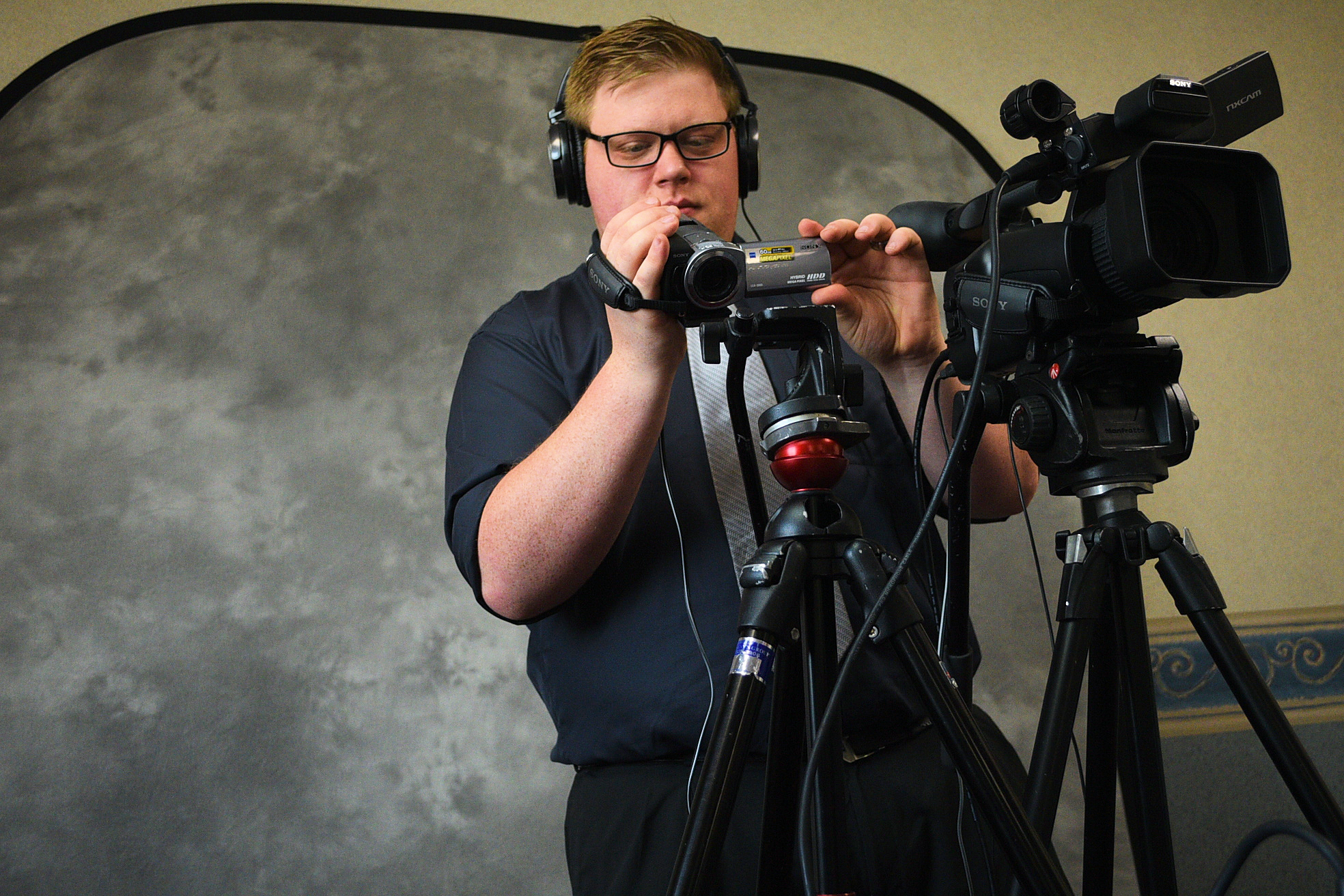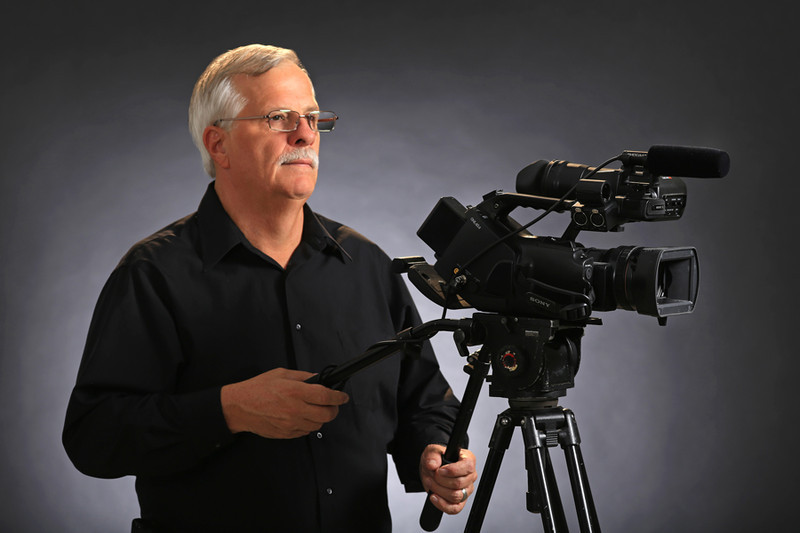The Ultimate Guide to Legal Videography for Lawyer and Legal Teams
Exploring the Mechanisms of Legal Videography: Introduction Its Procedure in Shielding Genuine Visual Testimony for Judicial Proceedings
In the world of judicial procedures, the role of lawful videography stands as a keystone in maintaining and presenting visual proof. As modern technology remains to breakthrough, the devices behind lawful videography have actually ended up being significantly detailed, using a critical layer of credibility to testaments recorded on video clip. By delving into the operational intricacies of lawful videography, one can discover the meticulous processes that protect the integrity of aesthetic evidence provided in courts - Legal Videography. This exploration not just clarifies the historic evolution of legal videography yet likewise means the future trends that may additionally change exactly how aesthetic testaments are supported in the world of justice.
Historical Development of Legal Videography
Checking out the historical development of lawful videography reveals a considerable change in the recording and presentation of aesthetic evidence within the legal landscape. In the past, lawful procedures heavily relied on composed records and photos to record events and supply evidence. With the arrival of video clip innovation, the lawful sector observed a standard shift in how visual statement was captured and provided.
The development of lawful videography can be traced back to the late 20th century when advancements in video recording devices made it a lot more obtainable for usage in courts. This technical innovation not just boosted the accuracy and dependability of visual evidence yet additionally reinvented the means instances were offered to courts and courts (Legal Videography). Attorneys began to acknowledge the influential power of video clip recordings in communicating emotions, subtleties, and non-verbal hints that composed photographs or transcripts alone could not capture successfully

Innovation Improvements in Video Paperwork
What vital technological advancements have revolutionized video documents in the legal field? The legal field has actually seen considerable advancements in video documents technology that have actually enhanced the authenticity and reliability of aesthetic evidence in judicial proceedings. Among the key improvements is high-definition (HD) video clip recording capacities, which give crystal-clear images and sharp information that are essential for accurately capturing testaments, facial expressions, and various other aesthetic hints. Additionally, the assimilation of timestamping and metadata functions in video clip documents tools has made it possible for accurate documentation of when and where the video clip was taped, making sure the integrity of the evidence presented in court.
Additionally, developments in video clip file encryption and watermarking technologies have actually bolstered the protection and tamper-proof nature of video clip evidence, securing it versus unauthorized modifications or meddling. The introduction of cloud storage solutions and remote gain access to capacities has streamlined the storage space, retrieval, and sharing of video clip proof, facilitating smooth collaboration amongst lawful experts and guaranteeing efficient accessibility to essential visual testaments when needed. These technical advancements in video clip documents have definitely revolutionized the lawful area, enhancing the precision, trustworthiness, and admissibility of aesthetic evidence in judicial process.
Function of Legal Videographers in Courtroom Settings
The development of video clip documentation innovation in the legal field has actually demanded a vital function for lawful videographers in courtroom settings, guaranteeing the honesty and reliability of aesthetic testaments presented throughout judicial procedures. Legal videographers play a fundamental function in capturing and preserving precise aesthetic proof that can be crucial in court cases. Their responsibility prolongs to establishing up tools, taping check my source proceedings, and creating top quality video clips that properly reflect the occasions in the courtroom.
Additionally, lawful videographers frequently work carefully with legal groups to guarantee that the video clip proof straightens with the case's requirements and can be effectively provided in court to support the legal arguments being made. In general, the function of legal videographers in court settings is essential in maintaining the concepts of justice and guaranteeing the openness of lawful proceedings. Legal Videography.

Ensuring Admissibility and Stability of Video Evidence
To maintain the integrity of visual evidence provided in lawful procedures, making sure the admissibility and honesty of video clip evidence is a crucial duty for lawful videographers. Admissibility refers to the approval of proof by the court, and for video proof to be acceptable, it should satisfy certain standards. Legal videographers play a critical function in making certain that the video clips about his they capture adhere to the rules of proof, such as significance, reliability, and credibility.
Stability of video clip proof entails maintaining the originality and accuracy of the footage from the time it is taped till it exists in court. This includes securely saving the video clip files, documenting the chain of safekeeping, and stopping any type of tampering or changes. Legal videographers should follow stringent protocols to ensure the honesty of the video proof and protect against any obstacles to its authenticity.
Future Trends in Legal Videography
Given the increasing reliance on modern technology in legal procedures, lawful videographers are positioned to welcome cutting-edge advancements shaping the future of aesthetic testament capture and presentation. One of the popular fads coming up is the integration of digital truth (VIRTUAL REALITY) and increased truth (AR) technologies into lawful videography. These innovations have the potential to reinvent just how visual evidence is presented in court rooms, allowing courts and judges to immerse themselves in the scene of the criminal activity or incident.
In addition, the usage of man-made knowledge (AI) algorithms for video clip evaluation is anticipated to streamline the process of evaluating and evaluating big quantities of video clip footage. AI can assist in recognizing key moments, abnormalities, and patterns within video clips, improving the efficiency of legal investigations.

Final Thought
In verdict, lawful videography has actually played an important duty in giving genuine aesthetic proof for judicial procedures. Through technological innovations and the competence of legal videographers, the integrity and admissibility of video clip evidence are guaranteed in court room settings. As legal videography remains to progress, it will certainly be vital to copyright criteria that keep the precision and integrity of visual statement for the future of lawful proceedings.
Taking a look at the historical development of legal videography exposes a substantial change in the catching and discussion of visual proof within the lawful landscape.The advancement of video clip documentation modern technology in the lawful field has demanded an essential role for legal videographers in courtroom settings, making sure the honesty and dependability of visual testimonies presented throughout judicial process. In addition, legal videographers frequently function carefully with lawful groups to make certain that the video proof lines up with the situation's requirements and can be properly offered in court to sustain the legal arguments being made.To maintain the trustworthiness of visual proof presented in lawful proceedings, guaranteeing the admissibility and stability of video clip proof is an essential responsibility for legal videographers. As legal videography proceeds to evolve, it will be important to support standards that keep the precision and integrity of aesthetic testament for the future of legal proceedings.